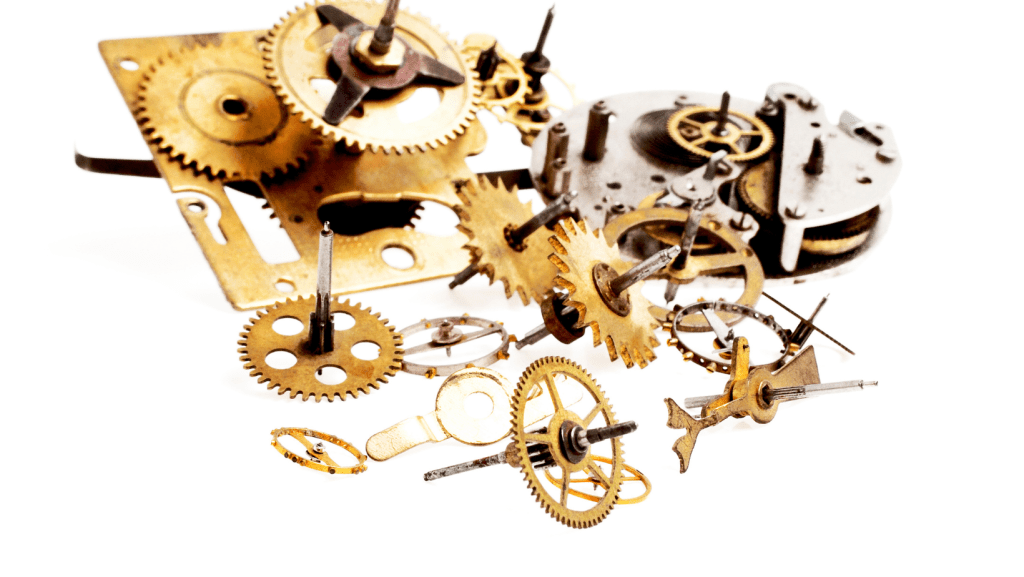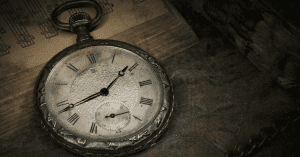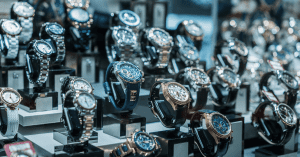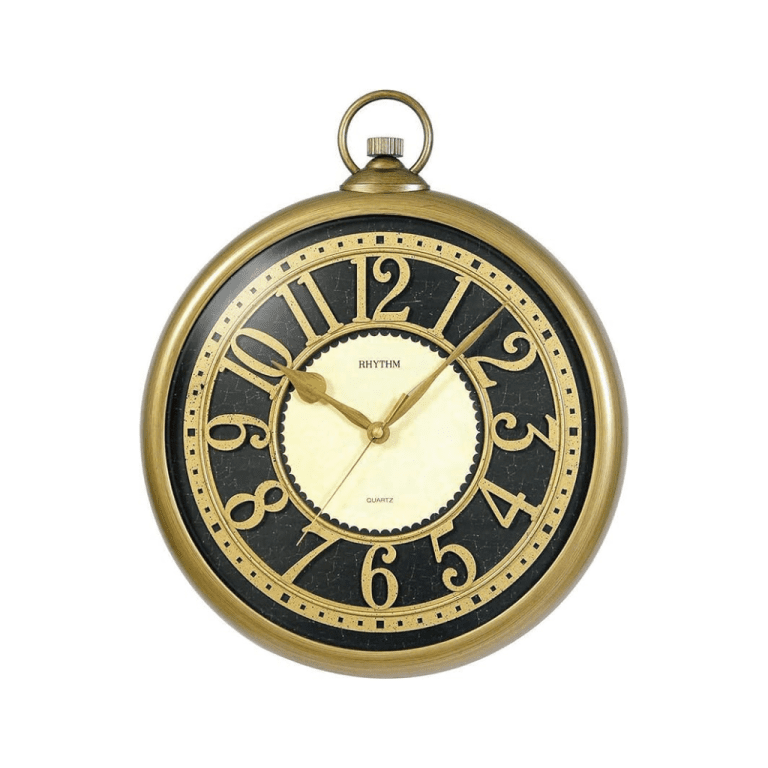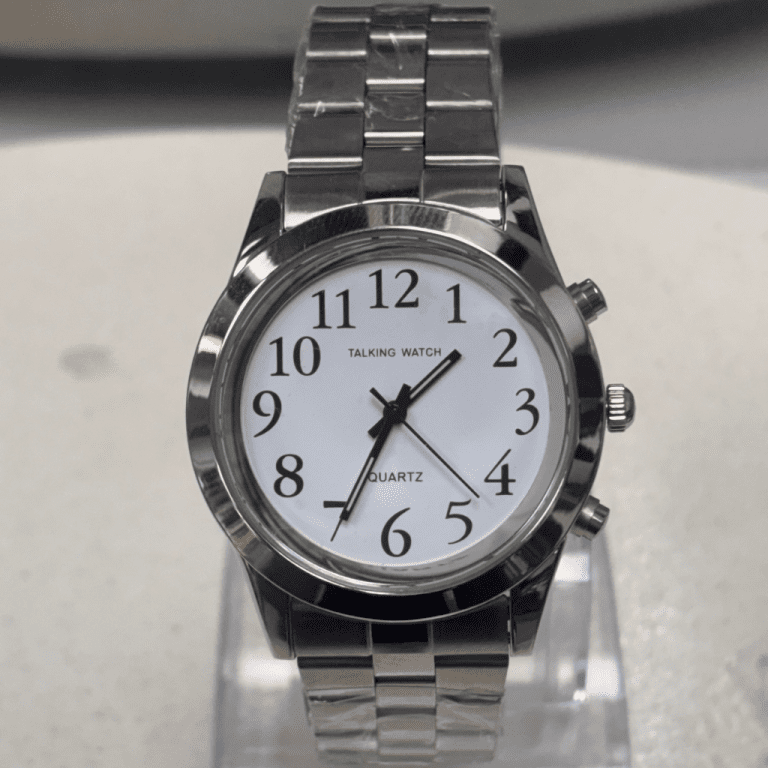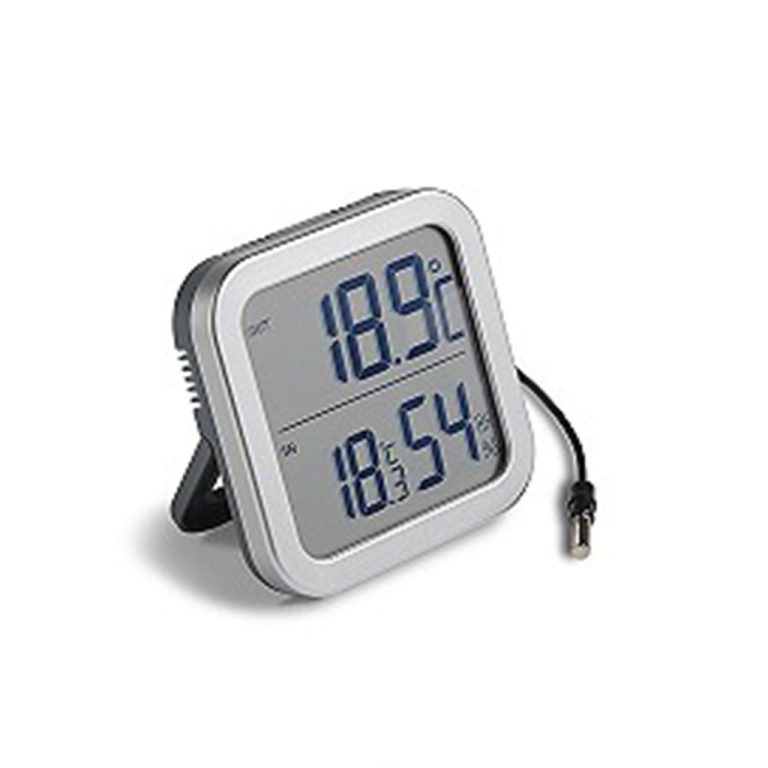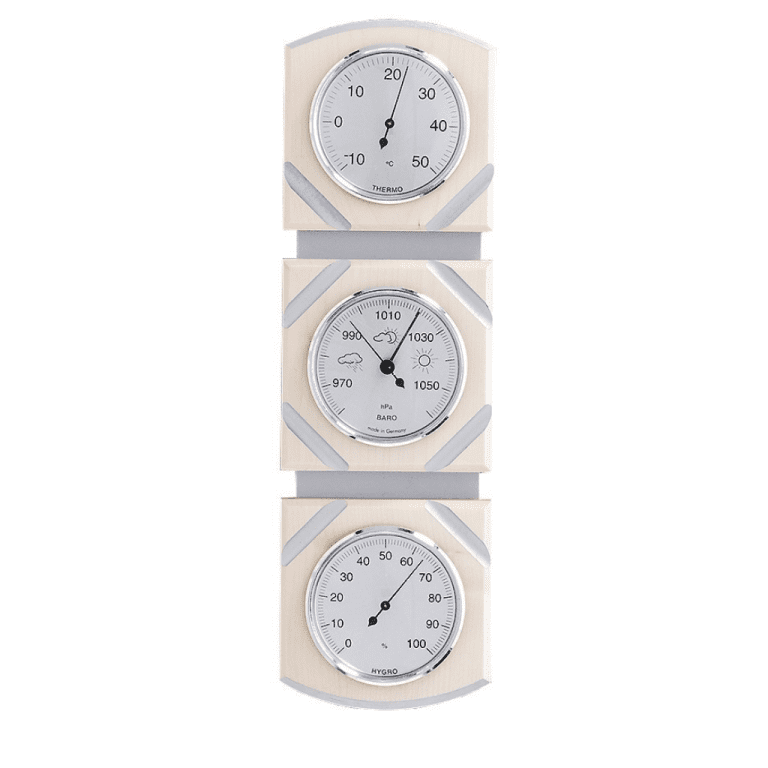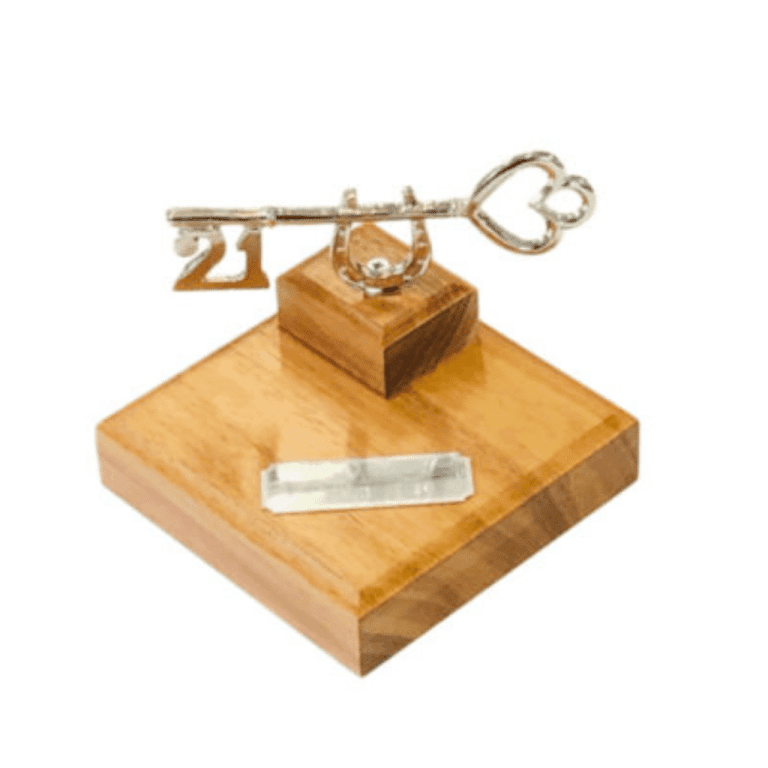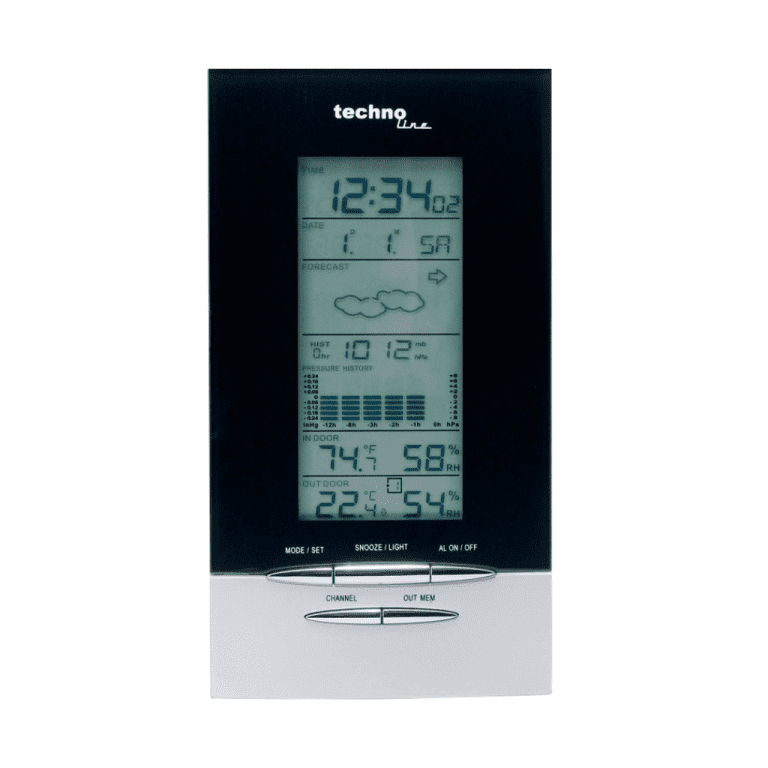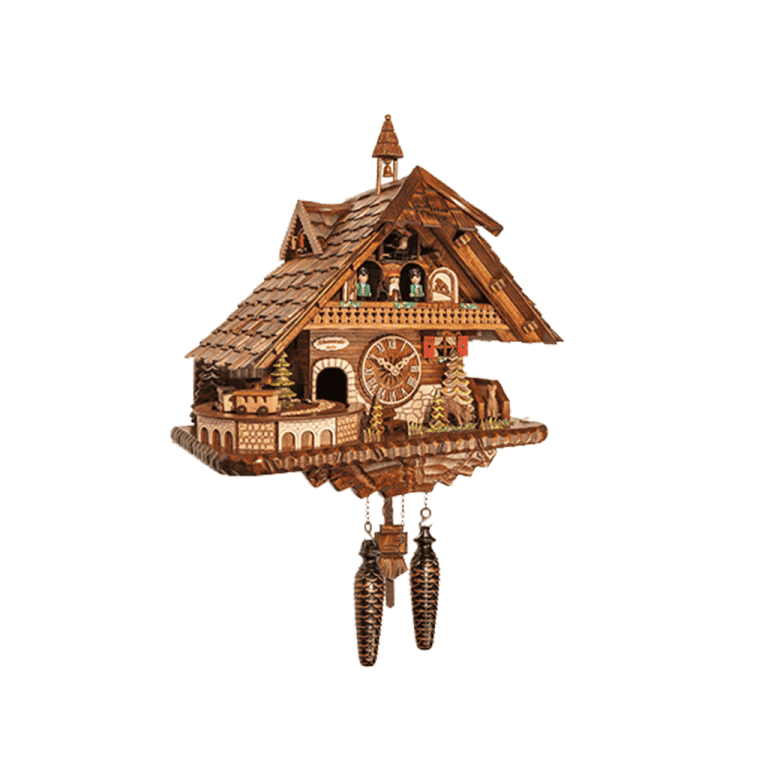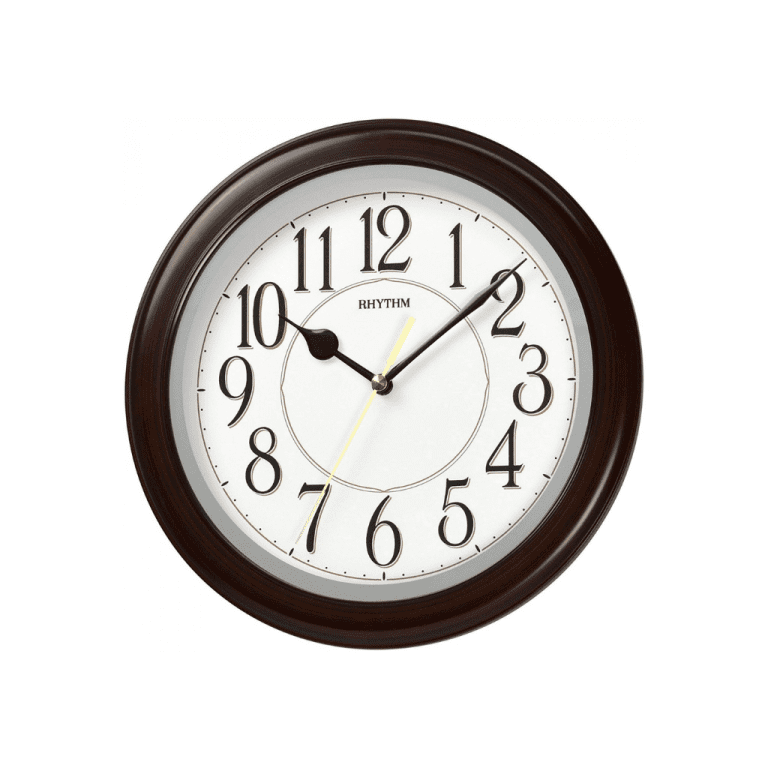A clock is more than a simple device for telling time – it’s a marvel of engineering, a blend of science and art. In this article, we’ll explore the anatomy of a clock, breaking down its intricate parts and their functions.
The heart of a clock is its movement, the mechanism that measures the passage of time. The key components of a traditional mechanical clock movement include:
- The Power Source: In most clocks, a weight or a mainspring stores the energy needed to drive the mechanism.
- The Gear Train: This series of interlocking gears transfers the energy from the power source to the escapement. Each gear moves a specific part of the clock, such as the hour or minute hand.
- The Escapement: This critical component controls the speed at which the energy is released, ensuring the clock keeps time accurately.
- The Oscillator: This is a component that swings or oscillates at a steady rate. In many clocks, it’s a pendulum; in others, it’s a balance wheel. The escapement interacts with the oscillator to maintain its motion.
- The Indicator: These are the components that show the time – often the clock face and hands, but sometimes bells or even figures that move.
Understanding the parts of a clock not only deepens your appreciation for these timekeeping marvels but also helps when troubleshooting or maintaining a clock. With this knowledge, you’re well on your way to becoming a horological enthusiast!

